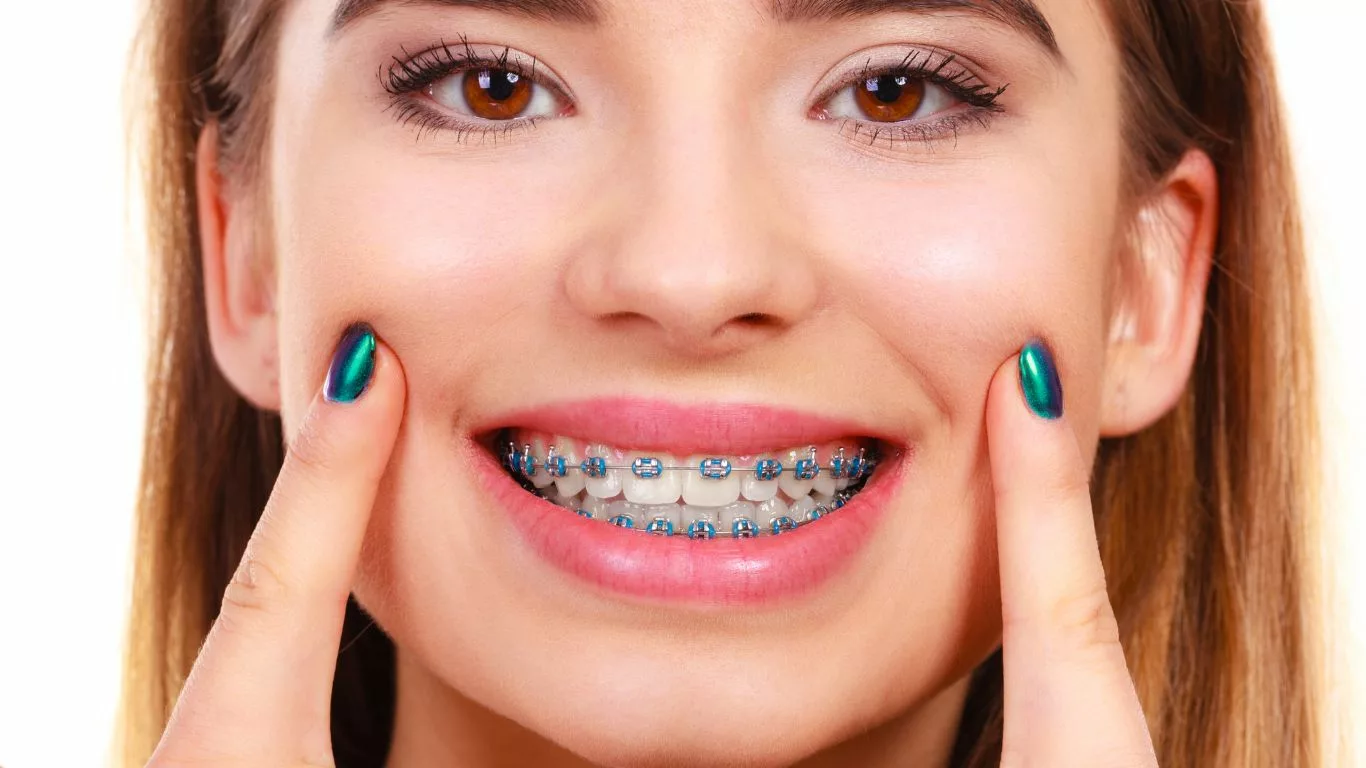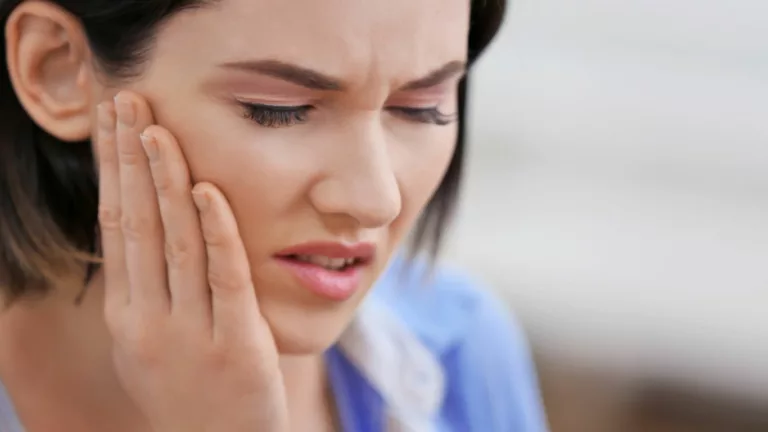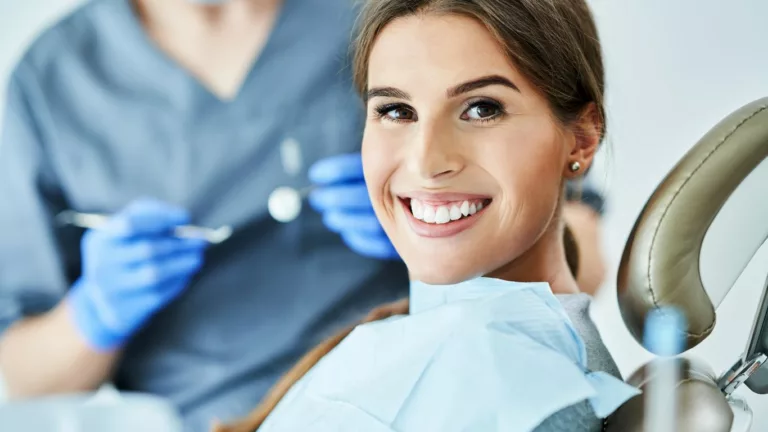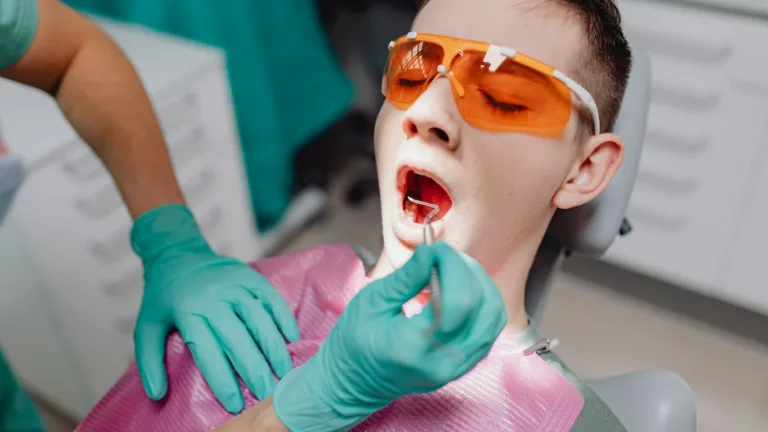Can You Eat Steak with Braces? A Comprehensive Guide
Discover whether steak is a safe food choice with braces. Learn about alternatives, tips for eating steak, and considerations in our detailed guide.
When you get braces, maintaining a diet that supports both oral health and effective orthodontic treatment is crucial. Steak, a popular and flavorful protein source, poses specific challenges for individuals with braces. This guide delves into whether you can eat steak with braces, how to do so safely, and what alternatives might be better for your orthodontic journey.
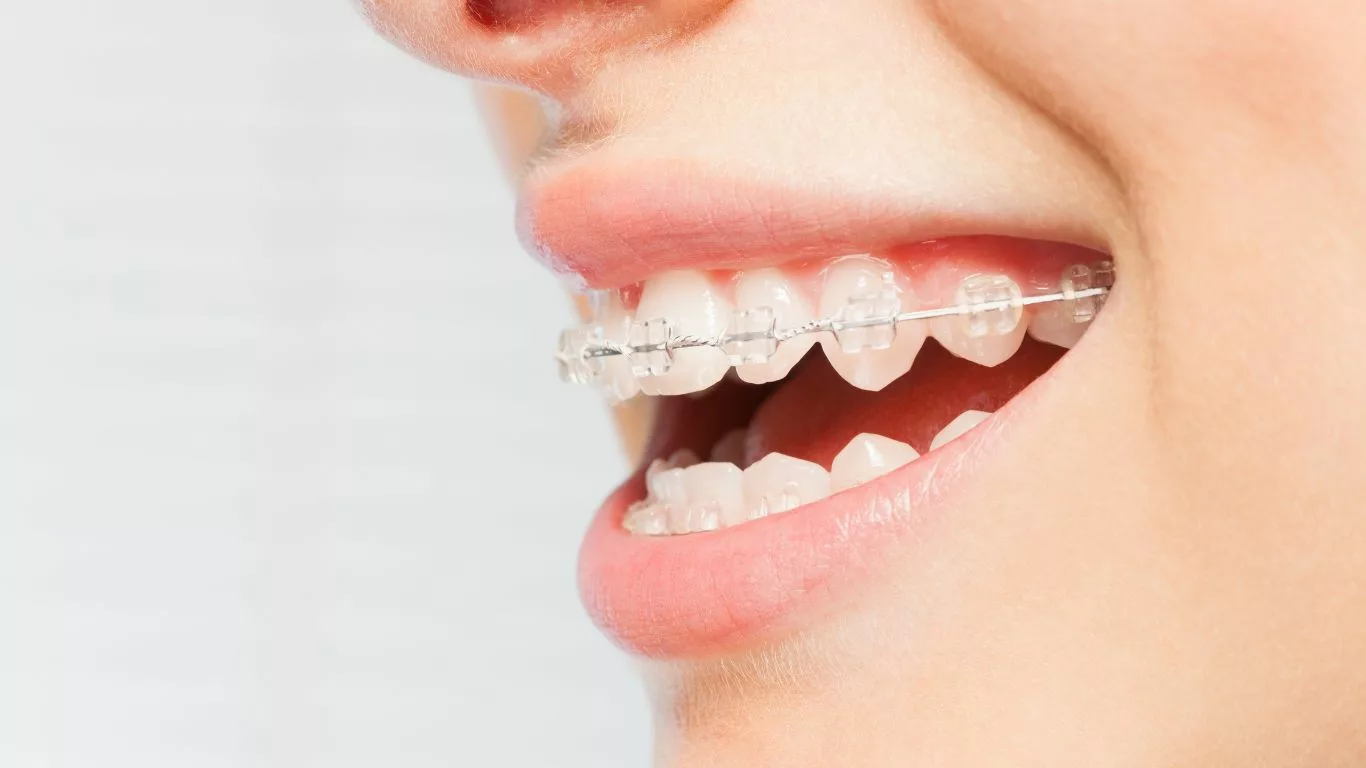
Can You Eat Steak with Braces?
Steak is a delicious and nutritious option, but its suitability for people with braces depends on various factors. Braces work by applying gentle pressure to teeth, gradually shifting them into alignment. Eating foods that are too tough or chewy can interfere with this process and potentially damage your braces.
Challenges with Eating Steak
Steak can be challenging for braces wearers due to its texture and consistency. Here are the main issues:
- Hard and Tough Texture: Steak can be tough, especially if it’s well-done or contains connective tissue. This can make chewing difficult and may put undue pressure on braces.
- Chewy Fibers: Fibrous cuts of steak can get stuck in the braces, making them harder to clean and potentially leading to plaque buildup.

Tips for Eating Steak with Braces
If you decide to eat steak while wearing braces, consider the following tips to minimize potential issues:
Choose Tender Cuts
Opt for tender cuts of steak, such as filet mignon or ribeye, which are generally easier to chew and less likely to cause damage to your braces. Avoid tougher cuts like flank or skirt steak, which can be more challenging to manage.
Cook Steak Well
Cook the steak to a softer consistency by opting for medium or medium-rare doneness. This will make the meat easier to chew and less likely to put stress on your braces.
Cut into Small Pieces
Cut the steak into small, manageable pieces before eating. This will help you chew the meat more effectively and reduce the risk of damaging your braces or getting food stuck.
Use a Tenderizer or Marinade
Consider marinating the steak or using a meat tenderizer to break down the fibers. This can help make the steak softer and easier to chew.
Alternative Foods for Braces
If you’re concerned about eating steak with braces, consider these alternative protein sources that are easier on your braces:
Ground Meat
Ground beef or turkey can be a great alternative to steak. It’s softer and easier to chew, making it less likely to cause problems with your braces.
Fish and Poultry
Fish, such as salmon or tilapia, and poultry, such as chicken or turkey, are generally softer and easier to chew. They can be good options for a braces-friendly diet.
Soft Cooked Beans
Beans and legumes, when cooked well, provide a good source of protein without being tough or chewy.

Considerations and Precautions
When eating steak or any other potentially challenging food with braces, it’s important to keep the following considerations in mind:
Maintain Good Oral Hygiene
After eating steak or any other food that can get stuck in your braces, be sure to brush and floss thoroughly. This helps prevent plaque buildup and maintains oral health.
Monitor for Discomfort
If you experience any discomfort or notice that your braces are coming loose, stop eating steak and consult your orthodontist. They can provide guidance and make any necessary adjustments.
Consult Your Orthodontist
If you have specific concerns or questions about your diet with braces, consult your orthodontist. They can provide personalized advice and ensure that your dietary choices support your orthodontic treatment.
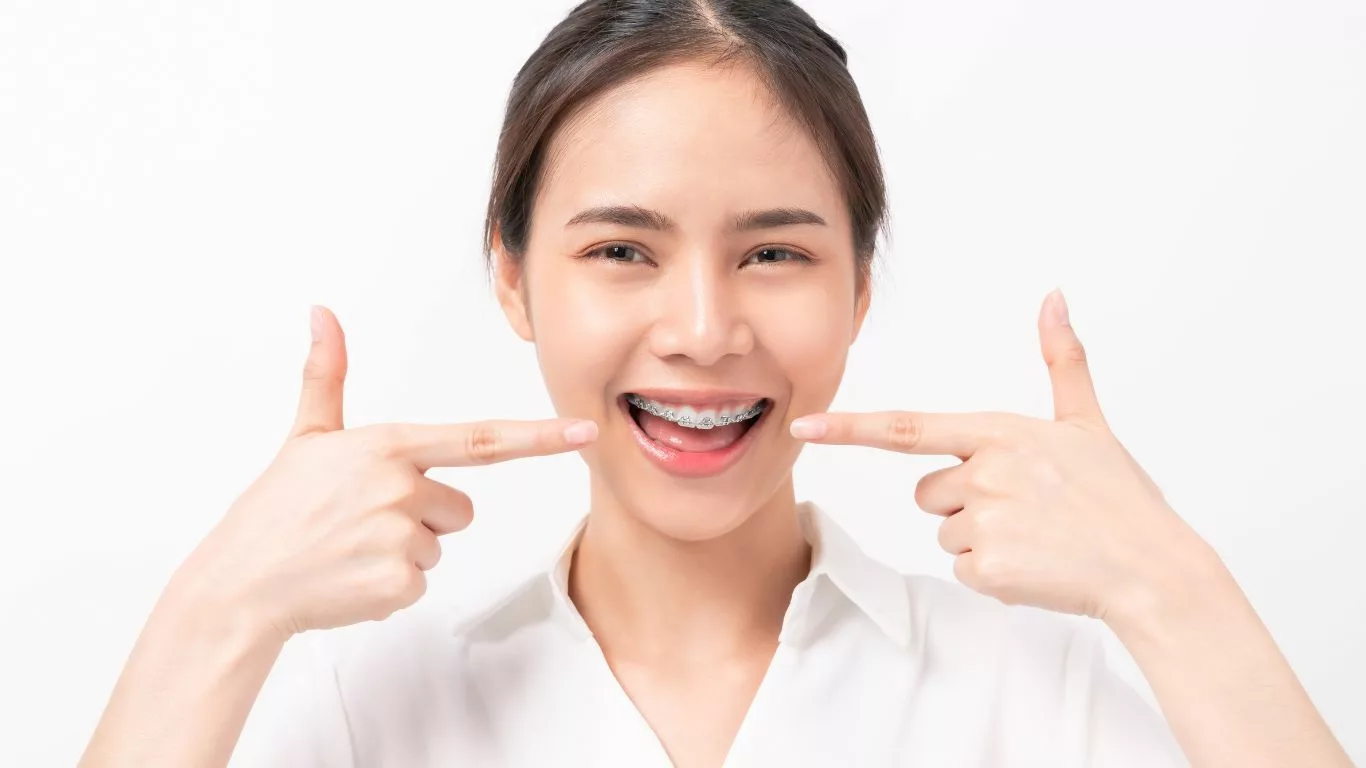
Conclusion
While steak can be challenging for individuals with braces, it’s not entirely off-limits. By choosing tender cuts, cooking the steak well, cutting it into small pieces, and considering alternative protein sources, you can enjoy steak while maintaining your orthodontic health. Always prioritize good oral hygiene and consult with your orthodontist to ensure that your diet supports your braces treatment effectively.
Appendices
References
For further information on eating with braces and maintaining oral health during orthodontic treatment, consider reviewing the following resources:
- American Association of Orthodontists. (2024). Braces Diet: What Foods to Eat and Avoid. Read Article
- National Institute of Dental and Craniofacial Research. (2023). Oral Health and Braces: Dietary Guidelines. Read Article
- Smith, J. D., & Thomas, M. R. (2022). Managing Your Diet with Braces: Tips for Healthy Eating. Dental Health Journal, 45(2), 134-142. Read Article
FAQs
Here are some frequently asked questions about eating steak with braces:
- Can I eat steak with braces? Yes, you can eat steak with braces, but it is important to choose tender cuts, cook the steak well, and cut it into small pieces to avoid damaging your braces.
- What are the best steak cuts for braces? Tender cuts like filet mignon and ribeye are generally better choices as they are easier to chew compared to tougher cuts like flank or skirt steak.
- Are there better alternatives to steak for people with braces? Yes, alternatives such as ground meat, fish, poultry, and soft-cooked beans can be easier on your braces and provide good sources of protein.
Related Table
Here’s a summary table of key information regarding steak and braces:
| Type of Steak | Recommended for Braces | Tips |
|---|---|---|
| Filet Mignon | Yes | Choose tender and cook well |
| Ribeye | Yes | Cut into small pieces |
| Flank Steak | No | Avoid due to toughness |
| Skirt Steak | No | Avoid due to chewiness |
Disclaimer: The information provided in this article is for educational and informational purposes only. It is not intended to be a substitute for professional dental advice, diagnosis, or treatment. Always seek the advice of your orthodontist or other qualified dental professional with any questions you may have regarding your braces or diet. Never disregard professional dental advice or delay in seeking it because of something you have read in this article. Reliance on any information provided in this article is solely at your own risk.

Camellia Wulansari is a dedicated Medical Assistant at a local clinic and a passionate health writer at Healthusias.com. With years of hands-on experience in patient care and a deep interest in preventive medicine, she bridges the gap between clinical knowledge and accessible health information. Camellia specializes in writing about digestive health, chronic conditions like GERD and hypertension, respiratory issues, and autoimmune diseases, aiming to empower readers with practical, easy-to-understand insights. When she’s not assisting patients or writing, you’ll find her enjoying quiet mornings with coffee and a medical journal in hand—or jamming to her favorite metal band, Lamb of God.
